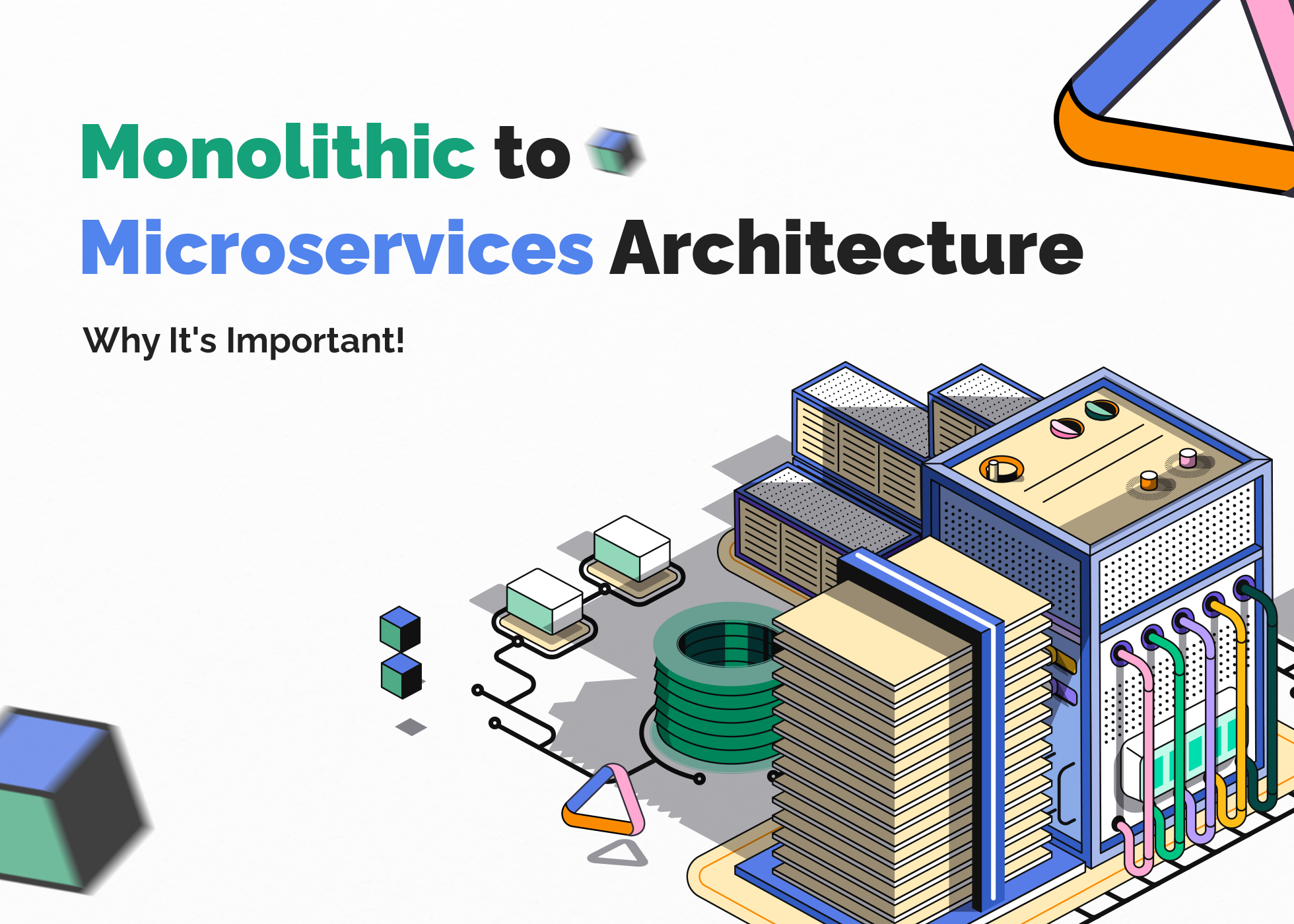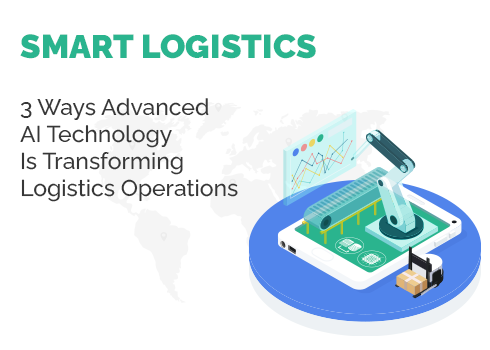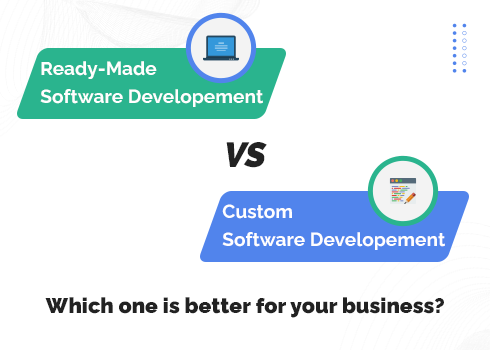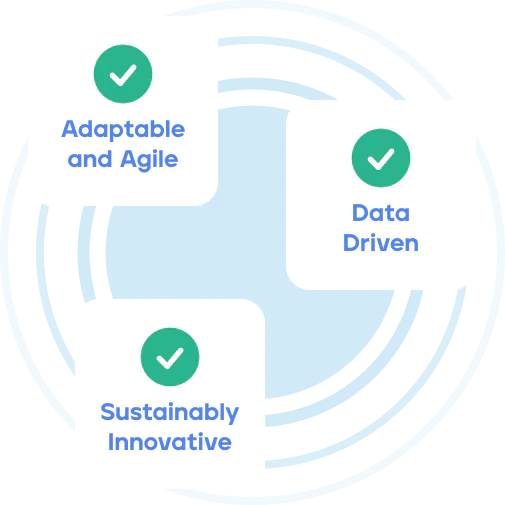
The past decade has witnessed a surge in AI adoption — thanks to the constant accumulation of data generated by the ever-growing intelligent, connected devices. This data is instrumental in training robust machine learning programs, contributing to revolutionizing various industries and logistics is no exception. Technology remains a strategic imperative and a significant source of competitive advantage for supply chain and logistic companies.
A recent report by Market Research states that the global artificial intelligence (AI) in supply chain and logistics market is anticipated to witness significant growth of 7.5% (CAGR 2023 - 2030) and reach a multi-million-dollar valuation by 2030. Another one by Forbes Insight highlighted that 65% of industry leaders acknowledge having entered an era of substantial transformation in logistics, transportation, and supply chain management.
The application of AI in logistics has revolutionized how goods and services are transported, managed, and delivered, leading to enhanced efficiency, accuracy, and cost-effectiveness.
AI has empowered logistics companies to optimize various operations such as route optimization, demand forecasting, warehouse automation, and supply chain management. These developments are aimed at improving operational efficiency, reducing costs, and enhancing customer satisfaction.
The article highlights the transformative power of AI in optimizing logistics operations. Here’s our take on this.
Improved Efficiency and Accuracy: AI Empowers Operations
AI-backed platforms and tools improve and streamline operational processes in the logistics industry, from warehouse management, and route optimization to transportation. By automating repetitive tasks, minimizing errors, and providing precise data analysis, AI empowers logistics operations, enhancing efficiency and accuracy.
Enhanced Transportation Prediction: AI's Precision at Work
AI-powered systems leverage data on weather, traffic conditions, and historical patterns to predict transportation times and anticipate potential disruptions. By making informed decisions based on these predictions, logistics companies can enhance shipment planning and ensure timely deliveries.
Streamlined Delivery Route Optimization: AI's Path to Success
AI-driven route optimization tools focus on various factors, including road conditions, fuel prices, and delivery schedules, to determine the most efficient routes. This optimization process minimizes travel time, fuel consumption, and transportation costs, leading to improved profitability and environmental sustainability.
Here are three high-potential AI use cases to watch out for in the years ahead.
Autonomous Trucking
With trucking being considered one of the industries with high potential around unemployment risks, forecasters project that it will be the first of the many industries targeted by AI-driven automation.
Autonomous trucks operate on advanced sensing technologies such as LiDAR (Light Detection and Ranging), radar, and optical cameras. Similar to how the human brain uses visual input from the eyes to make decisions on the road, these sensors also accumulate visual data from the surroundings and transmit it to a computer equipped with maps and algorithms. The computer then analyzes this data, turning it into meaningful insights.
Companies dealing in autonomous trucks do not manufacture these trucks, rather they enable autonomous capabilities in existing trucks with the help of AI-powered software, sensors, maps, algorithms, and other tools.
Real-World Use Case
-
UPS and TuSimple: The recent partnership between UPS and the autonomous vehicle startup, TuSimple aims to harness the potential of autonomous trucking with the goal to reduce delivery times, decrease fuel consumption, and enhance operational efficiency. TuSimple's self-driving trucks have integrated AI-powered systems that employ cameras, lidar, and radar sensors to perceive their surroundings and make informed, real-time decisions.
Warehouse Automation
Robotics technology is employed to efficiently locate, track, and transport inventory within warehouses, as well as handle and convey oversized packages in ground distribution hubs. By this time, more than 60% of companies have embraced this technology.
Furthermore, computer vision technology plays a crucial role in automated warehouses, enabling the identification and organization of goods. This technology is set to revolutionize quality control processes in the future by minimizing the need for human intervention.
Additionally, AI has the capability to connect multiple warehouses in a supply chain and determine the optimal means of transferring inventory.
Real-World Use Case
-
Fizyr, a Dutch deep tech startup, exemplifies the application of supply chain robotics. Through the use of deep learning algorithms, Fizyr enhances robotics with autonomous decision-making capabilities, enabling the identification, analysis, counting, picking, and manipulation of goods. Picking, which often requires significant manual labor, is addressed by Fizyr's solution, allowing robots to swiftly identify the type of package and transport it to the desired location in less than 0.2 seconds.
-
Amazon is another prominent player leveraging AI for advanced warehouse automation. The company incorporates robots to aid in sorting, packing, and moving items. By utilizing AI-driven demand forecasting algorithms, Amazon achieves improved inventory and asset management, as well as efficient distribution of products across its extensive network of fulfillment centers.
Smart Roads
The logistics sector is on the verge of another breakthrough in the form of AI-powered smart roads. These innovative roads require integrated systems such as sensors, solar panels, AI, and big data to improve safety, reduce congestion, detect and avoid problem areas, communicate with autonomous vehicles, and monitor road conditions. This advancement brings significant benefits to the industry by ensuring the secure transportation of goods.
Real-World Application
Smart Mobility Corridor: A real-life demonstration of these advancements can be seen in the Smart Mobility Corridor project located in Ohio, USA. Covering a 35-mile stretch of highway, this project leverages AI and advanced sensors to monitor traffic conditions, detect accidents, and identify congestion points. The system empowers logistics companies to optimize their transportation strategies by providing real-time information, ultimately reducing travel time and fuel consumption.
At Gigalabs, we are driven by a passion for innovation and a deep understanding of cutting-edge technologies. We thrive on the challenge of transforming ideas into reality, helping businesses of all sizes unlock their full potential in the digital landscape. Contact us for more information: sales@gigalabs.co

























